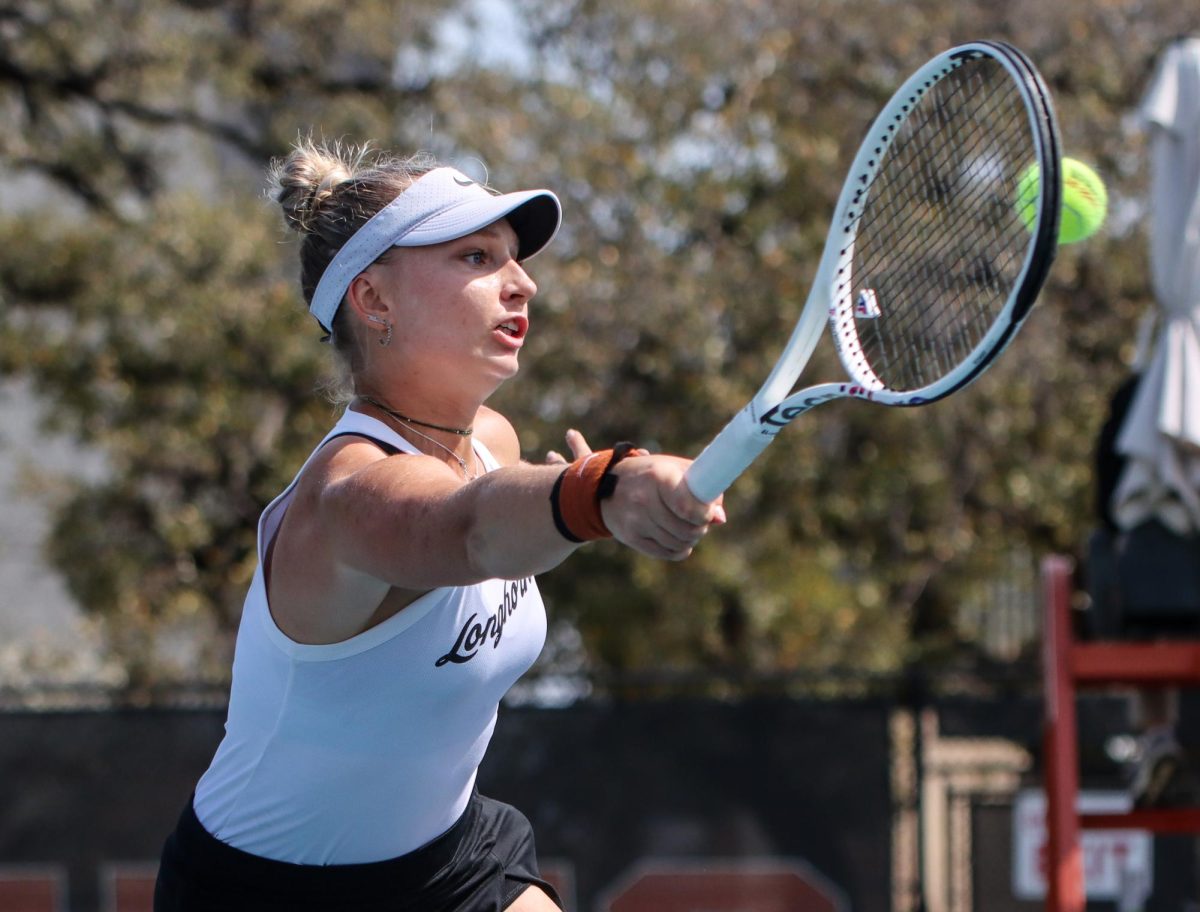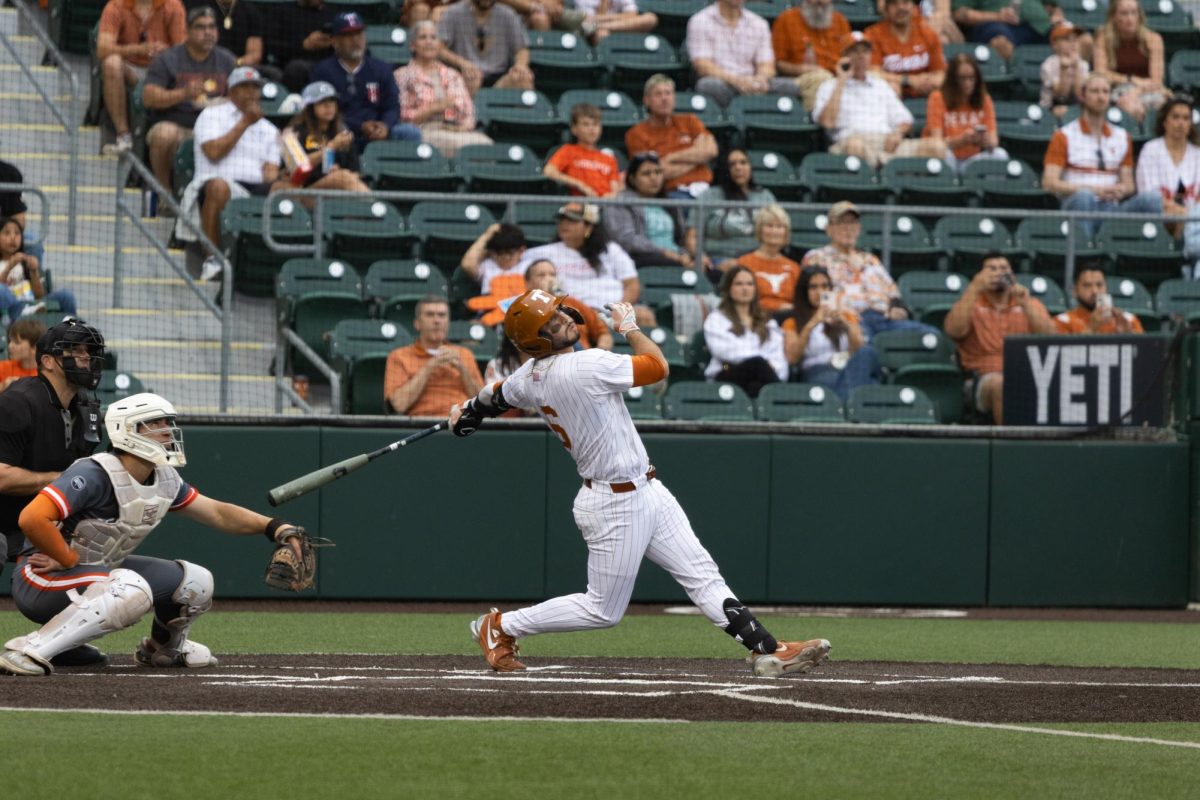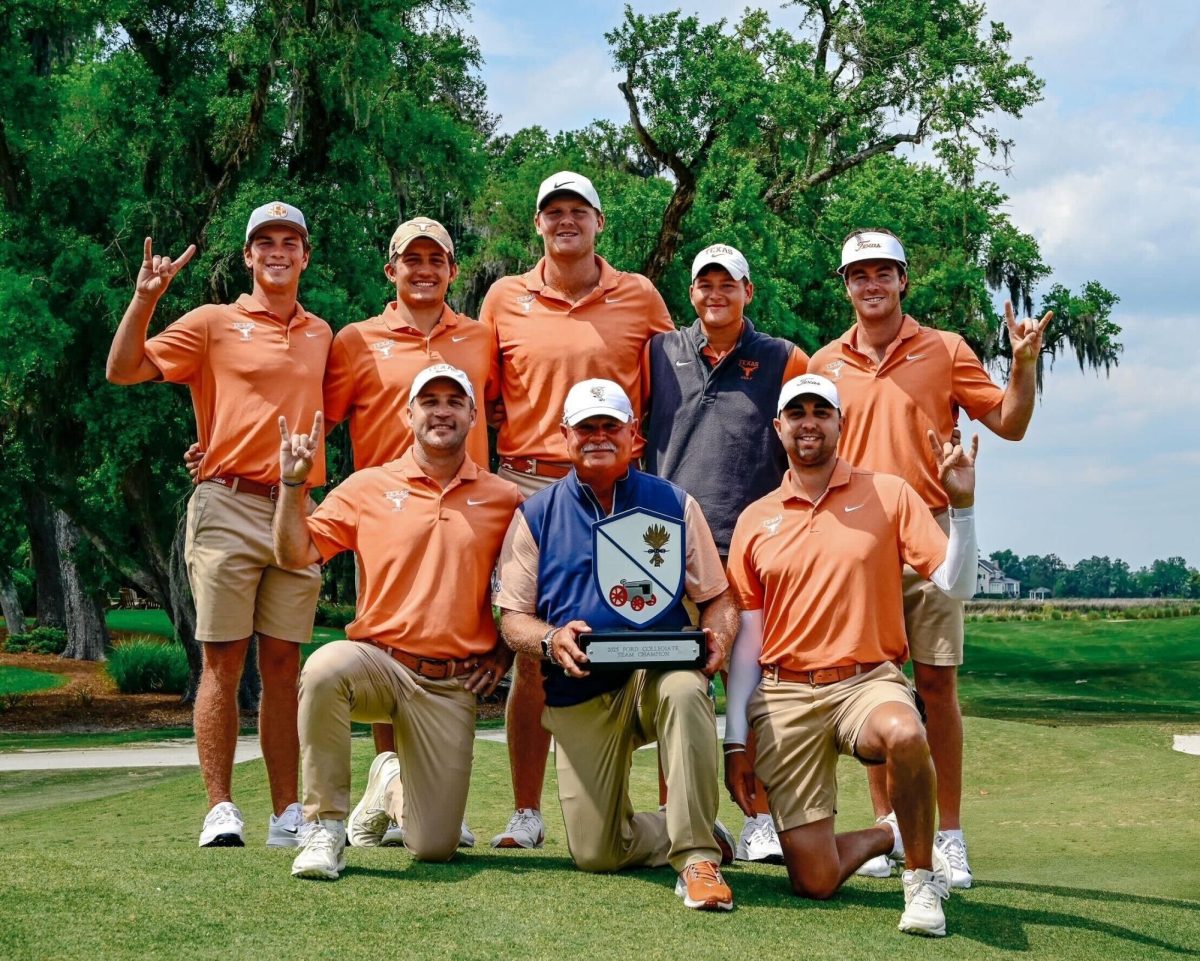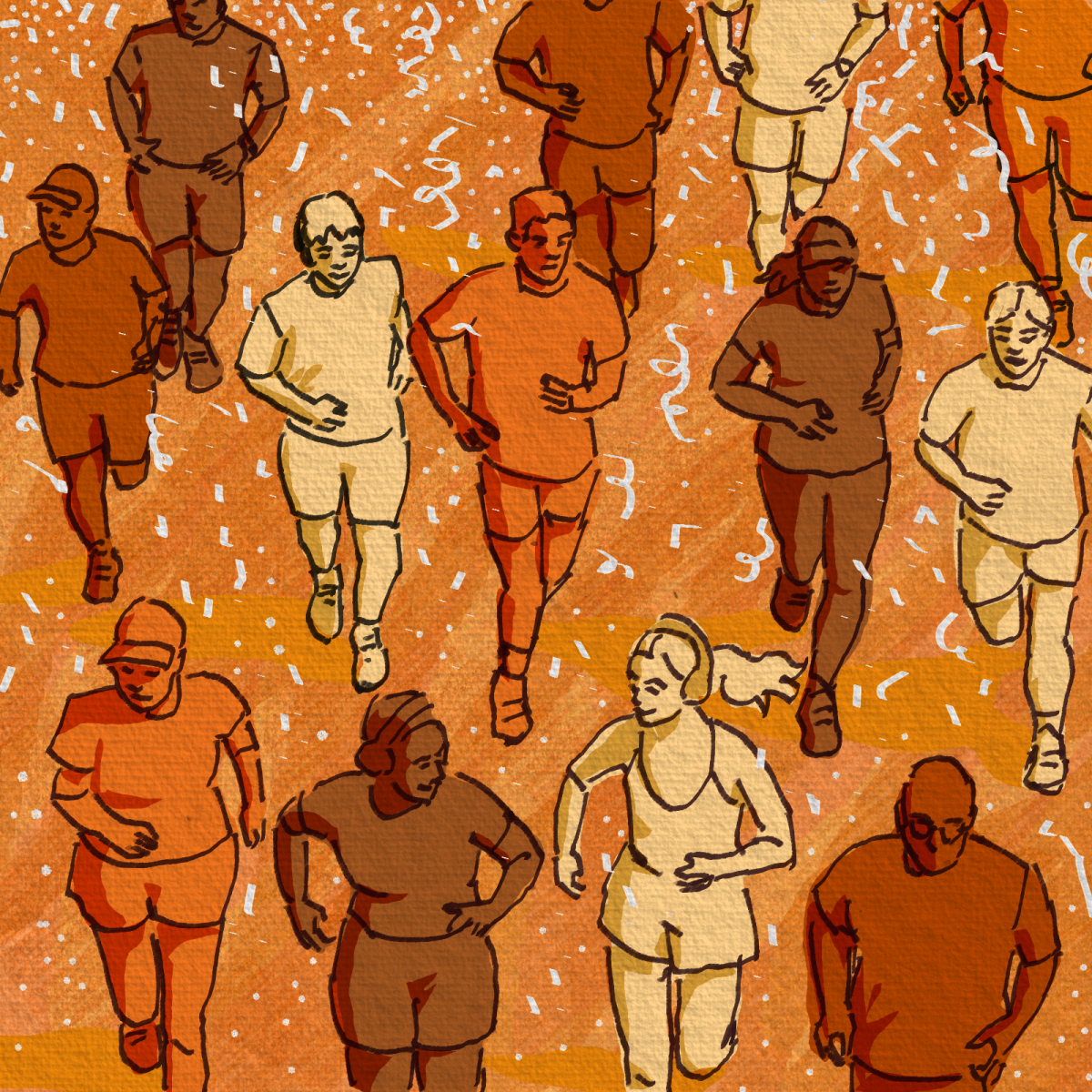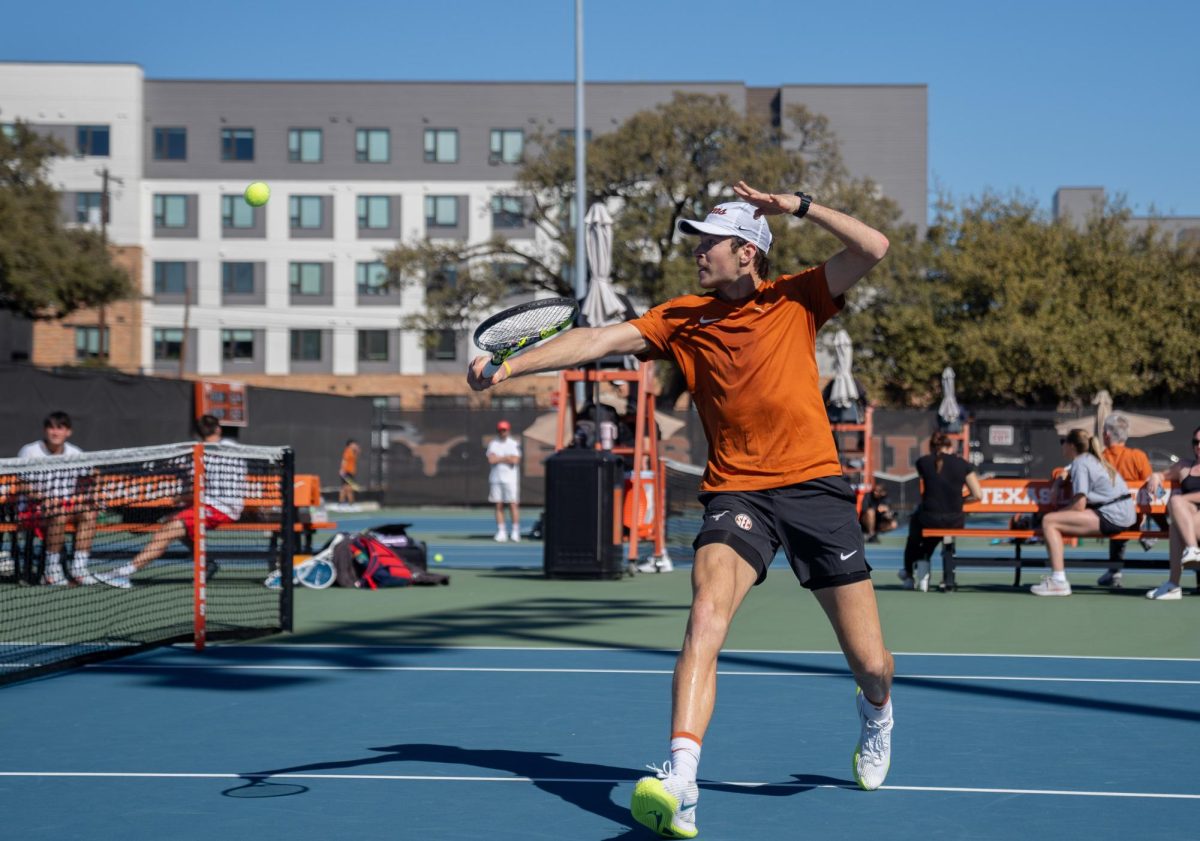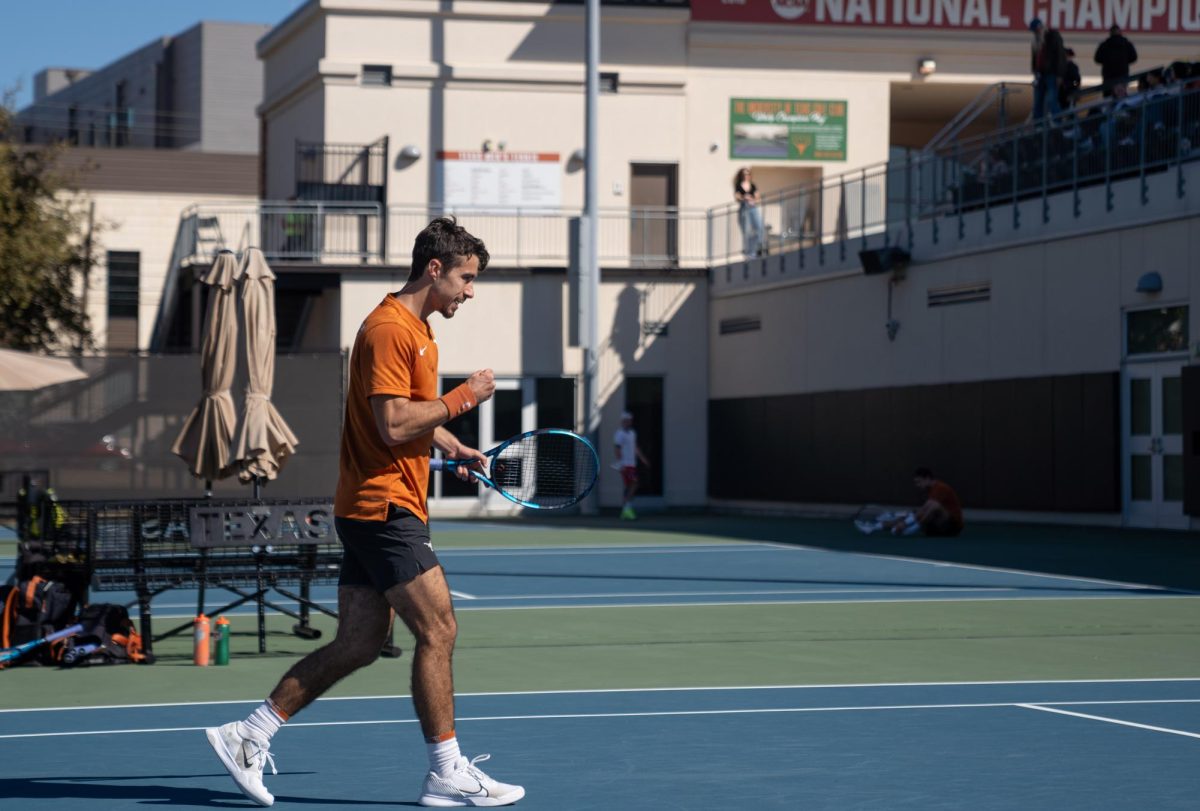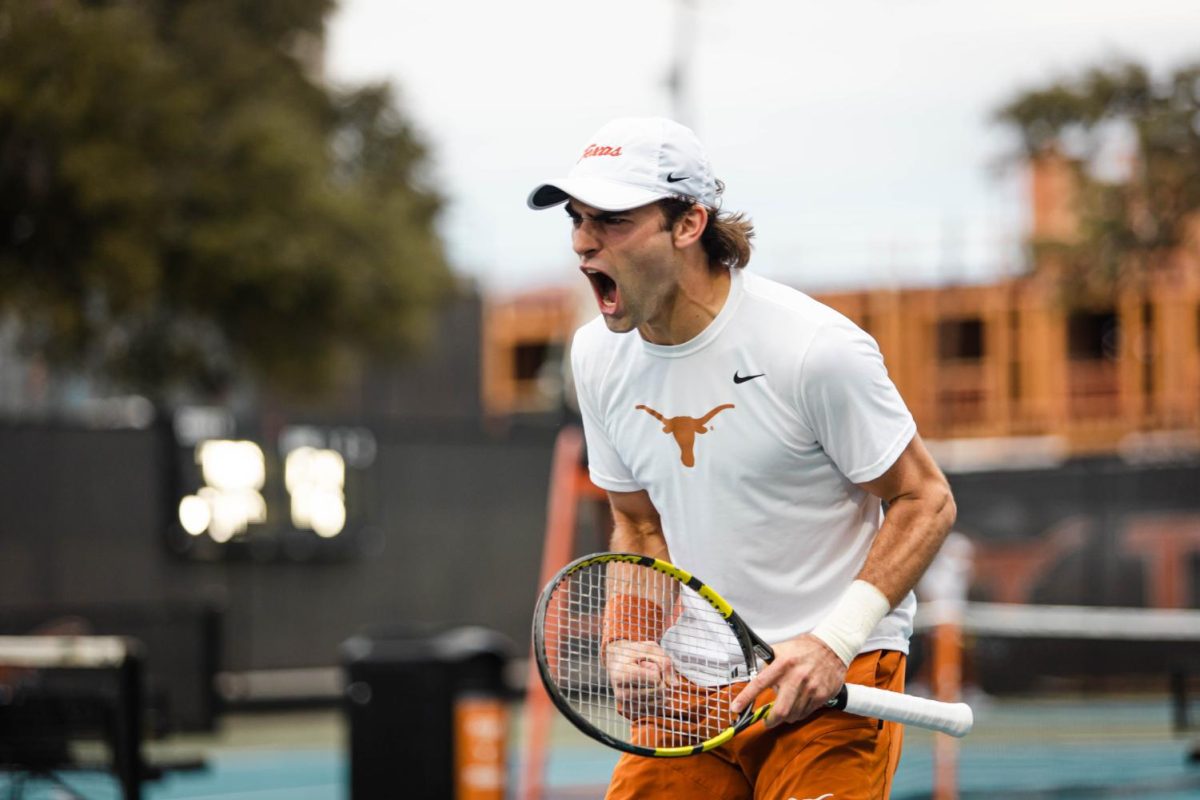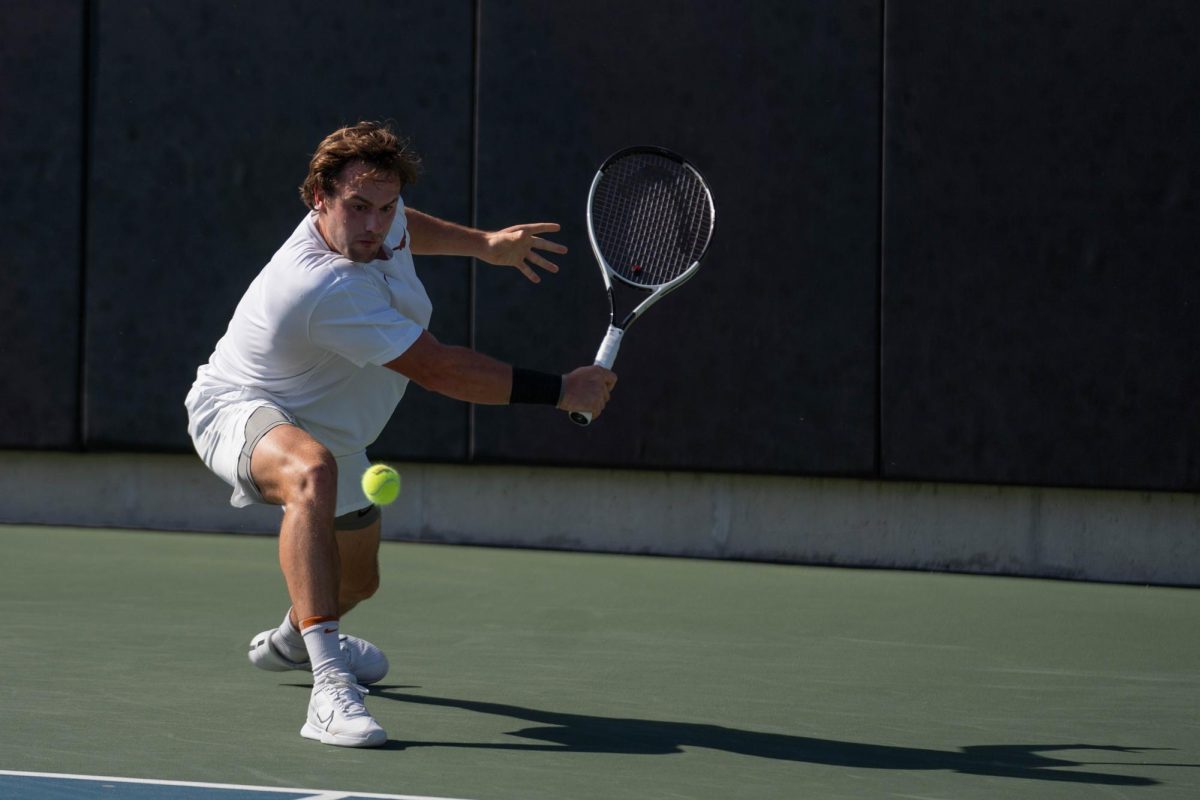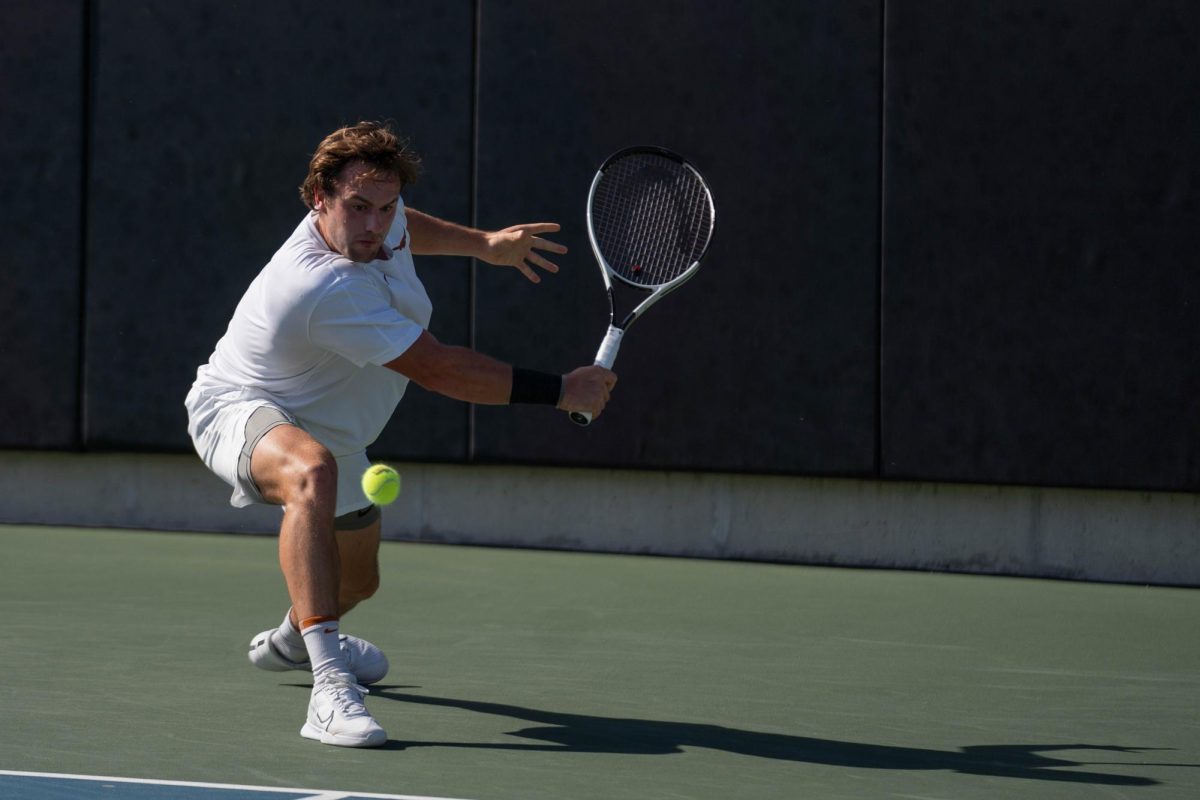Graduate student Tanya Sasnouskaya and senior Taisiya Pachkaleva are two international women’s tennis players who remember what it was like first coming to a new country and adapting to a different way of life. Sasnouskaya, originally from Minsk, Belarus and Pachkaleva, originally from Moscow, Russia, have had to overcome numerous cultural challenges.
The women’s tennis team boasts many international players. Of the 11 players on the current roster, five hail from another country. This narrowly aligns with a 2023 report by the NCAA that details that 61% of women’s collegiate tennis is composed of international players.
“When you arrive here you’re just a teenager…you get thrown in a totally new environment with people with a very different mentality from where you’re from,” Sasnouskaya said. “You have to figure out a lot of stuff by yourself… not because you want to, but because you have to.”
Pachkaleva agreed that it was difficult to insert herself in a fresh environment, but found comfort within the intimacy of the team.
“Food was different (and) I didn’t have family around, but the tennis team felt like a family so that’s where I got my most support and that’s why it was easier to adjust to a different culture,” Pachkaleva said.
There are many aspects to being an international student in a foreign country, but one of the most challenging ones is overcoming the language barrier.
“Some kids arrive here with pretty good English, I wasn’t one of (those kids),” Sasnouskaya said. “(It was) a year and a half to the point where I was really comfortable.”
Pachkaleva agreed.
“It was definitely tough, especially with the language, because I had been learning English in school, but it’s not the same when you speak it everyday, all day long,” Pachkaleva said.
On the academic side, international students must also adjust to new systems of learning.
“Academic life is very different from what I’ve experienced before…everyone wants you to succeed…from the first day I felt like they wanted me to be there (and) they wanted me to do well,” Pachkaleva said. “I didn’t have many struggles with academics.”
Sasnouskaya mentioned how it was more difficult to make friends than succeed in school, a barrier that she wasn’t expecting.
“I thought that talking to people would be easy and studying would be difficult … but actually it was the other way around,” Sasnouskaya said. “Conversational English was very difficult, understanding people was difficult, academically it was great.”
In order to succeed as a student athlete in a new country, players need support. Enlisting new relationships and learning to rely on those around them are essential parts in helping international athletes adapt to their new surroundings.
“I think the most important people…are your coaches and your teammates because at the end of the day, (players) spend the most time with them,” Sasnouskaya said. “They need to be a great help for you.”
The best connection that Pachkaleva said she found was her doubles partner back at Pepperdine University before she transferred to Texas her junior year in 2023.
“I would say the most helpful relationship was my doubles partner (at Pepperdine) because we were also roommates, she was Swedish, so we had a good relationship that was helpful,” Pachkaleva said.
Adjusting to a new culture can be a strange and intimidating experience for anyone. For these student athletes and the thousands like them across the country, it is an important part in the process of playing their sports at an elite level.

